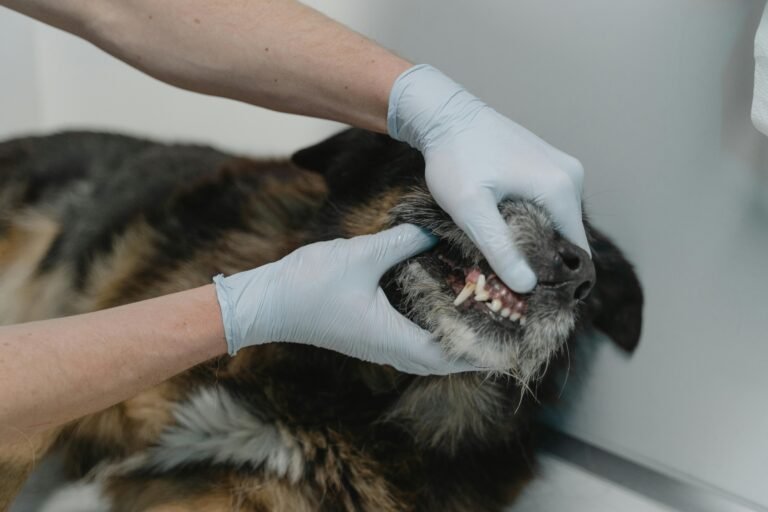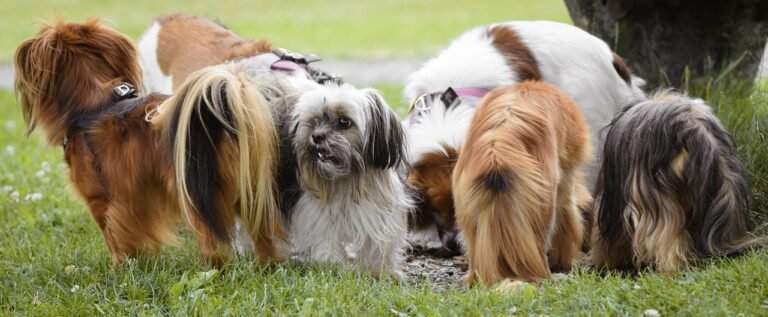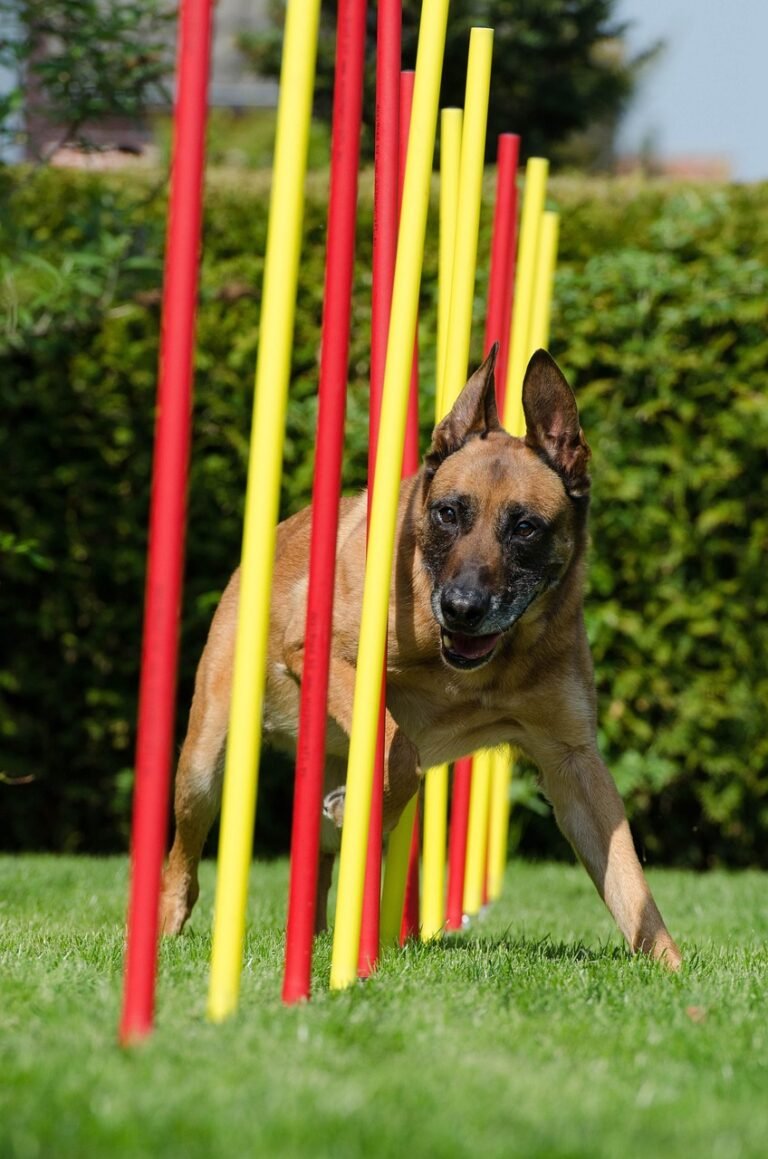The Emotional World of Dogs: An Overview
Dogs have long been regarded as companions, yet their emotional depth often goes underappreciated. Scientific studies and observations support the notion that dogs possess a rich emotional spectrum, enabling them to experience a variety of feelings akin to those of humans. These emotional capabilities extend beyond basic survival instincts, suggesting that dogs are capable of forming attachments, understanding social dynamics, and even feeling complex emotions such as happiness, fear, and anxiety.
The research conducted by animal behaviorists has revealed that dogs react to human emotions and social cues, indicating their sensitivity to the emotional states of their owners and other animals. For example, dogs are able to read human facial expressions and respond accordingly, which shows a level of emotional intelligence previously thought to be unique to humans and a few other primates. Their ability to empathize with human emotions suggests that dogs can form deep emotional bonds, going beyond mere instinctual behavior.
One particularly fascinating area of research focuses on whether dogs experience jealousy, a social emotion that plays a crucial role in human interactions. Observational studies have documented instances where dogs display behaviors that mirror jealousy, such as acting out towards a new pet or when a human exhibits affection towards another dog. Behavioral signs may include vocalizations, attention-seeking actions, or distancing behaviors, all of which imply that dogs are indeed capable of experiencing jealousy in social settings.
This emotional complexity challenges the long-held notion that dogs operate purely on instinct, positioning them instead as emotionally aware creatures. Understanding the emotional world of dogs not only enriches our relationship with them but also deepens our appreciation for their capacity to form social bonds and navigate their surroundings emotionally. This foundation sets the stage for a deeper exploration into the phenomenon of jealousy in canine behavior.
What is Canine Jealousy? Defining the Concept
Canine jealousy is a complex emotional response that can manifest when a dog perceives a perceived threat to its relationship with its owner or its social standing within the home. Unlike simple possessiveness, which typically revolves around specific resources such as toys or food, jealousy can be more nuanced and often arises in social contexts. For example, when a new pet, child, or individual enters the living environment, the existing dog might display jealous behaviors as a reaction to the perceived competition for affection and attention. This emotional response can also occur when the owner’s focus shifts from the dog to another party.
Common scenarios that trigger canine jealousy include instances when an owner is petting or giving attention to another animal or person, which may lead a dog to exhibit signs of distress or agitation. Jealous behaviors can be quite varied and may include barking, whining, growling, or even physical acts such as nudging the owner’s hand or body to regain attention. These behaviors reflect the dog’s desire to reestablish its priority status in the owner’s affections.
Recognizing signs of jealousy in dogs is crucial for pet owners. The manifestations may include heightened vocalizations like barking or whining, changes in body language such as stiff posture or avoidance, and attempts to forcefully insert themselves into a situation where they feel threatened. In some cases, these behaviors may escalate to more concerning actions like aggression towards the perceived rival. Understanding canine jealousy helps owners to manage their pets’ emotions effectively, ensuring a harmonious environment within the home. By identifying and addressing these behaviors early, owners can foster healthy relationships among their pets and family members.
Scientific Research on Dog Emotions and Jealousy
Research in canine behavior has increasingly focused on the emotional lives of dogs, particularly their capacity for feelings akin to jealousy. Notably, a study led by researchers at the University of California, San Diego, aimed to explore how dogs respond to social situations involving their owners. In this study, dogs were observed while their owners interacted with both another dog and an inanimate object. The experiment aimed to assess whether the dogs exhibited signs of jealousy when faced with what could be perceived as competition for their owner’s affection.
The findings indicated that dogs displayed notably different behaviors depending on the context in which their owners were engaged. When owners petted another dog, the observed canines often displayed high levels of attention-seeking behaviors, such as barking or attempting to intervene in the interaction. In contrast, when their owners interacted with an inanimate object, the dogs did not react with similar intensity, suggesting that the emotional significance of the situation played a crucial role in their responses.
This intriguing study provides evidence supporting the notion that dogs have a complex emotional life, with jealousy being a possible emotion that arises in social contexts. The observed behaviors can be interpreted as responses to perceived threats to their bond with their owners, showcasing the depth of social cognition present in dogs. Furthermore, subsequent research has reinforced these findings, demonstrating that dogs are capable of understanding social hierarchies and can react emotionally when they feel their status is compromised.
Overall, the accumulating evidence from scientific studies advocates for the recognition of jealousy as a legitimate emotion in dogs, prompting further inquiry into how emotional experiences shape their behavior, social interactions, and relationships with humans. Exploring these dimensions not only deepens our understanding of canine emotions but also enhances the human-dog bond through improved communication and care.
Understanding and Managing Jealous Behavior in Dogs
Jealousy in dogs can manifest in various ways, including increased barking, resource guarding, and aggressive behavior towards other pets or family members. Recognizing these behaviors as signs of jealousy is the first step in addressing them effectively. As a dog owner, it is essential to observe your dog’s reactions in situations that provoke jealousy, such as when a new pet is introduced or when another family member pays attention to someone other than the dog. This awareness will enable you to intervene promptly.
To manage and mitigate jealous behavior, it is crucial to create an environment that fosters emotional stability. One effective strategy is to ensure each pet in the household receives equal attention and affection. Allocating time for individual play sessions can help your dog feel secure and valued, decreasing the likelihood of jealousy. When introducing a new pet or family member, do so gradually. This can minimize feelings of insecurity and competition. Allow your dog to sniff and get familiar with the new addition in a controlled setting, ensuring they associate positive experiences with the newcomer.
Training techniques also play an essential role in addressing jealousy. Incorporating commands such as “sit” or “stay” can help refocus your dog’s attention during emotionally charged moments. Rewarding desirable behavior with treats and praise reinforces a sense of calm and cooperation. Furthermore, utilizing positive reinforcement methods can promote healthy interactions between pets and reduce feelings of jealousy. Training should be a continuous process, incorporating exercises that build confidence and social skills, helping your dog associate new experiences with positive outcomes.
Ultimately, fostering a stable emotional environment for your dog is critical in alleviating jealous behaviors and enhancing their overall well-being. Consistent monitoring, training, and socialization ensure that your dog remains emotionally balanced and secure within their household.






